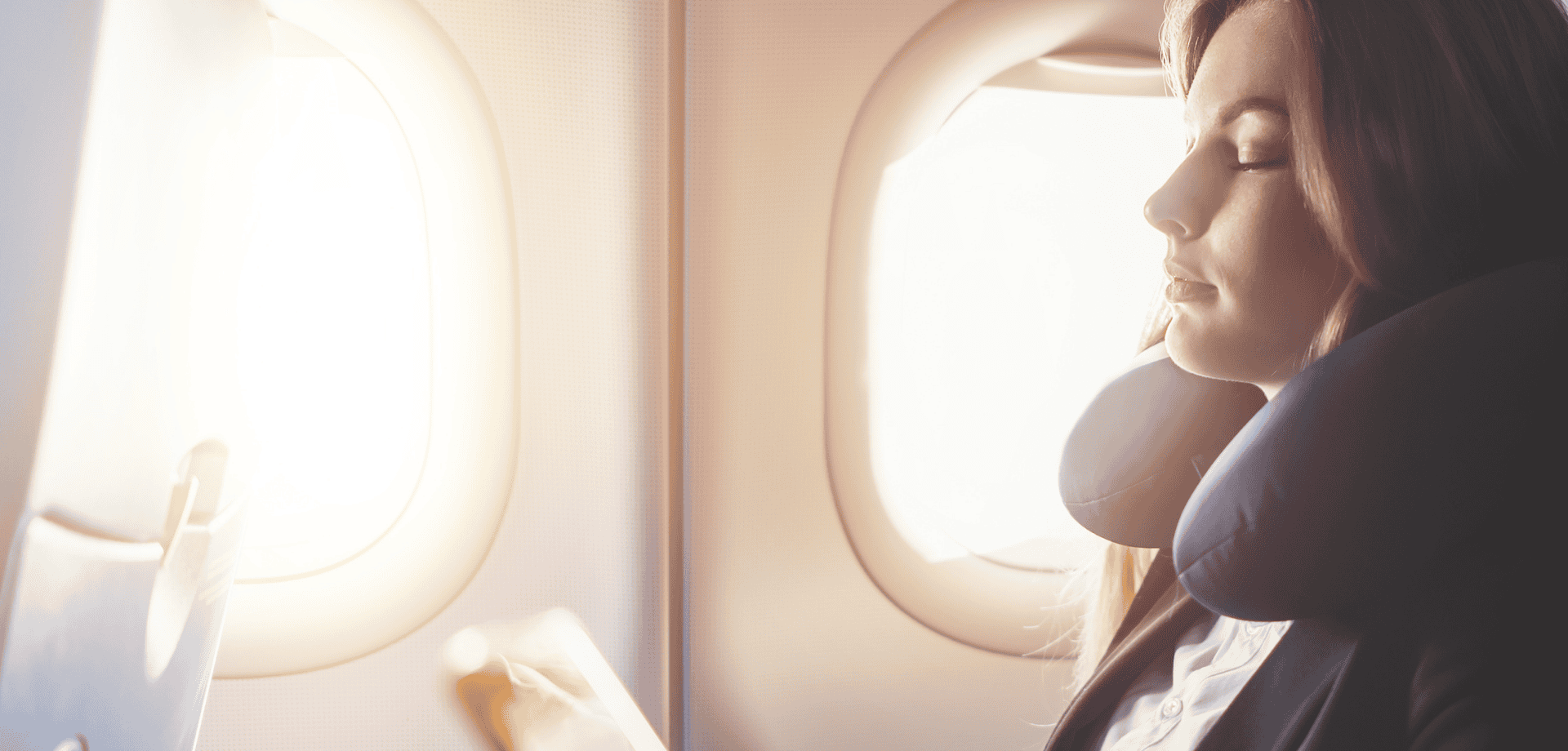Tag: japan travel tips
Autumn in Japan
Japan’s Autumn runs from September – November and attracts many visitors each year to view the beautiful changing of the Autumn foliage, known as koyo.
Taking outings to appreciate the beauty of autumn has been a custom in Japan for centuries. For many years now, this has become a popular activity for tourists too. Visitors explore the whole country to find the best ‘Autumn’ spots to view the natural beauty of landscapes bursting with yellow, orange and red leaves.
This activity tends to divert travellers away from the urban cities and into rural environments. Unfortunately, this increases exposure to some harmful diseases.
If you’re planning a trip to Japan this autumn….check out our travel vaccination advice.
Tetanus
Whether you are visiting the ultra-modern counterpart of Tokyo or taking a trip to Japan’s must-see landmark of Mount Fiji, traveller’s should ensure they are up-to-date with their tetanus vaccine. The vaccination is a combination vaccine with diphtheria and polio (DTP), which is routinely given to all children in the UK. However, you should ensure you and your children are up-to-date with your routine vaccinations before travelling. The vaccine can be given once every 10 years to those at risk.
Arm yourself with Insect Repellent
You can catch a number of diseases from mosquito and tick bites. You can minimise your risk by wearing long loose clothing and wearing plenty of insect repellant with a minimum of 50% DEET. Our Ultimate Bug Kit is available to purchase online.
Japanese Encephalitis (JE) is transferred by mosquito bites. There is an increased risk for those travelling in rural areas with rice fields, marshlands, or pig farming areas. It is advised to avoid these areas, particularly during mosquito feeding times, dawn and dusk.
Those travelling to the Ryukyu Islands (Okinawa) should consider the Japanese Encephalitis vaccination as the highest risk season is typically April to December. Travellers with long-stays planned in rural area’s should also strongly consider the Japanese Encephalitis vaccine.
Tick-Borne Encephalitis (TBE) is transmitted by ticks and rarely by unpasteurised milk and dairy products. Travellers are at increased risk of exposure during outdoor activities in areas of vegetation (gardens, parks, meadows, forest fringes and glades). Ticks are usually most active between early spring and late autumn. We’d advise those travelling during that time to consider the TBE vaccination.
The main affected area is Hokkaido although there is a possible risk in Shimane Prefecture, Honshu.
Those travellers who aren’t planning on getting vaccinated should avoid eating and drinking unpasteurised milk products. We’d advise all adventurous eaters to consider the TBE vaccination prior to travelling.
Measles Outbreak
Earlier this year we saw outbreaks of measles across the globe, including a large outbreak in Okinawa in Japan. Most countries routinely immunise children against measles, in combination with mumps and rubella (the MMR). However, if for some reason you or your child have missed this then receiving two doses of the MMR vaccination before travelling will give effective protection. A simple blood test can determine immunity. Those found non-immune should book in for the vaccinations prior to travel.
The Flu
Seasonally Japan suffers from regular outbreaks of flu. Tokyo and other major metropolitan centres in Japan are very dense, which increases the spread of the flu. The flu vaccination available in the UK will dramatically reduce the chance of travellers catching the flu while abroad.
Flight Times
A flight from the UK to Japan are over 11 hours direct. Prolonged periods of immobility on long-haul flights pose a risk of developing a blood clot or, deep vein thrombosis (DVT). Travellers can minimise the risk of this by ensuring they keep mobile and hydrated on the flight, avoid wearing restrictive clothing, and wearing flight stockings to aid circulation.
Altitude illness in Japan
Rapid exposure to low amounts of oxygen at high elevation can cause altitude sickness. There are a number of places in Japan which are higher than 2,500 metres, such as Mt Fuji, 3,776m.
Travellers should avoid travelling from altitudes less than 1,200m to altitudes greater than 3,500m in a single day. An ascent above 3,000m should be gradual. Travellers should avoid increasing sleeping elevation by more than 500m per day. Also, ensure a rest day (at the same altitude) every three or four days.
Book your travel appointment today
By Anna Chapman | Travel Nurse | October 2018




